Evolution of the Media Integration Market in the Digital Age


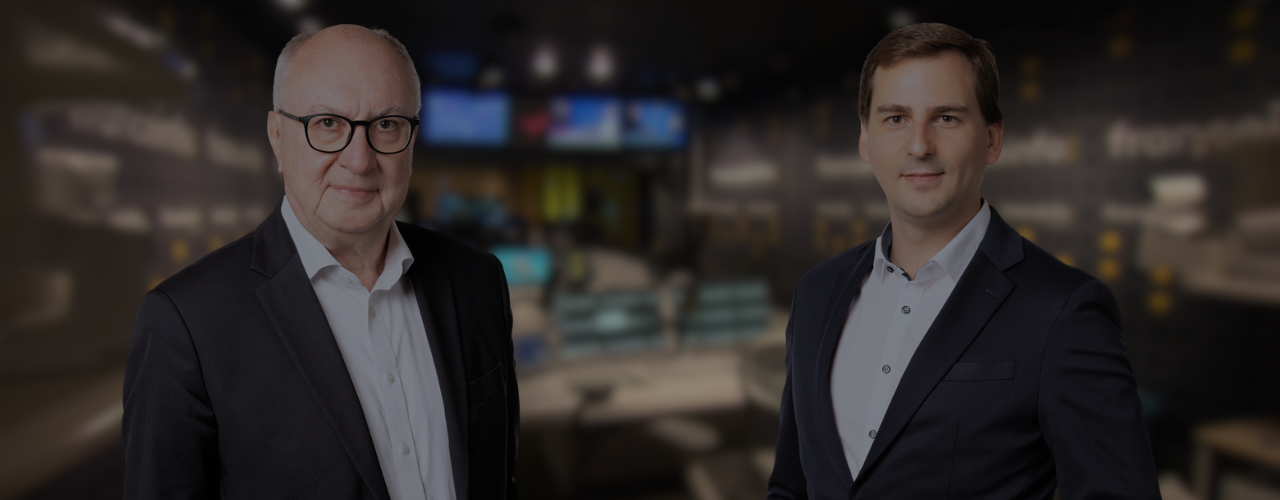
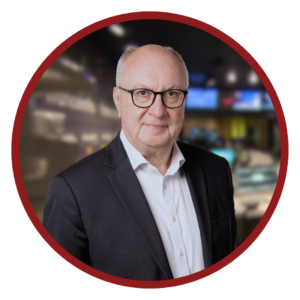
Philippe Mauduit, President of BCE France
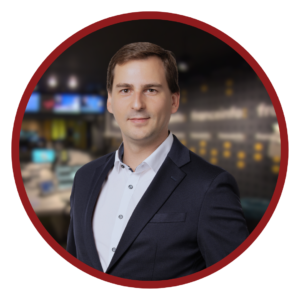
Stéphane Gérard, Engineering & Integration Director at BCE
With an extensive track record of successful international projects spanning diverse European countries and locations across Africa, BCE has become synonymous with innovation in the media industry. Philippe Mauduit sets the stage by highlighting the global imperative to renew media company infrastructure.
BCE’s role is not just about providing solutions; it’s a collaborative effort, guiding clients through the ever-expanding array of technological possibilities.
Stéphane Gerard chimes in, underscoring the influx of new technologies like UHD, HDR, and AI. These innovations necessitate a reevaluation of work methodologies within the media industry to meet the demands for efficiency and top-tier audiovisual quality.
A prime example of BCE’s prowess lies in Radio France‘s transition to IP, showcasing efficient ways of working as well as integrating new workflows within the customer operational approach.
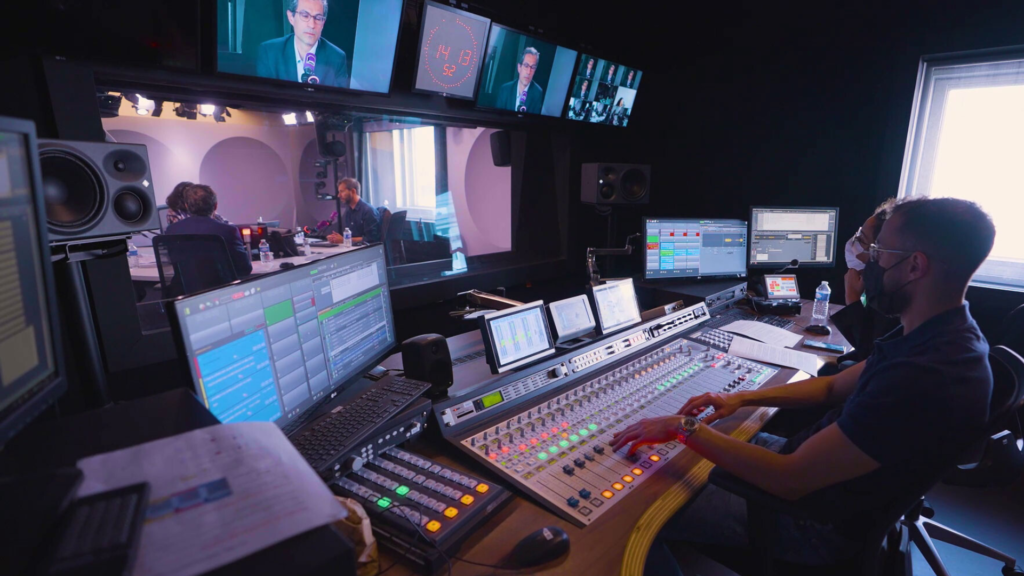
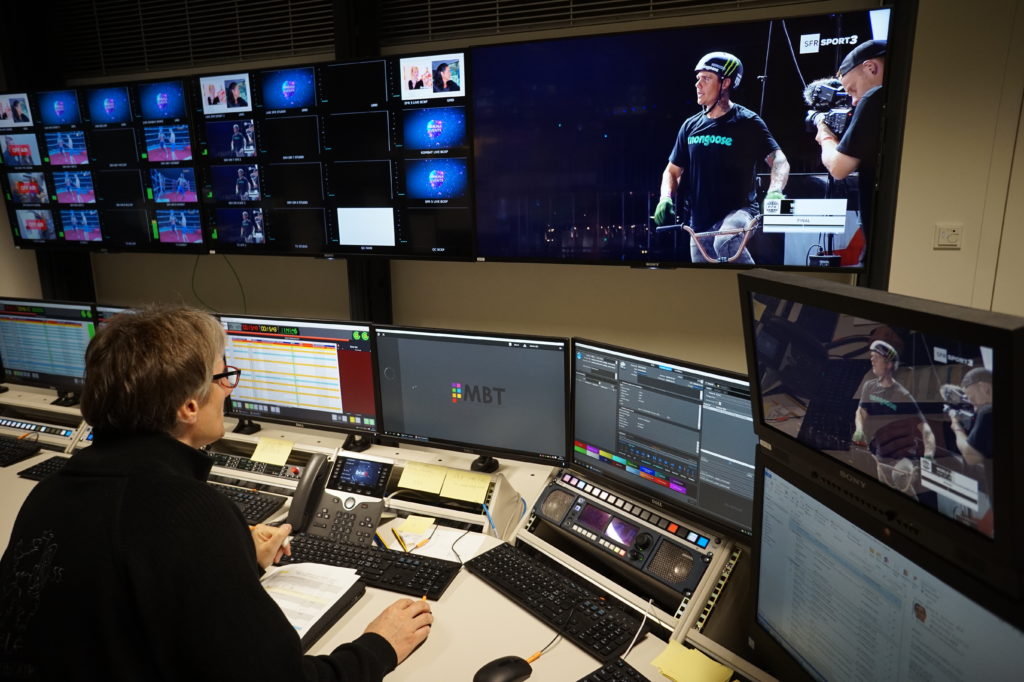
Keeping pace with the relentless evolution of technology requires a commitment to continuous training, as emphasized by both experts. Stéphane delves into the increasing convergence of media and IT, stressing the need for a deep understanding of IT within their teams. Philippe adds that adapting to clients’ existing infrastructure requires a collaborative and thoughtful approach.
The transition to IP for major players like RTL City, Radio France, ARTE, France Télévisions, Altice, and Radio Vinci Autoroutes stands as a testament to BCE’s ability to navigate the challenges of constant evolution.
Philippe reflects on the significant impact of IT evolution on the media industry over the last two decades. The internet’s explosive growth has paved the way for a deeper understanding of technology, influencing the management of audiovisual trends. Stéphane explores the technical nuances, highlighting the growing importance of IP technology and the decreasing reliance on dedicated hardware.
BCE’s technological deployment shines through examples like IP integration (ST-2110) and PTP (Precision Time Protocol) at Radio France, Radio Vinci Autoroutes, and Altice. The journey into HDR with Arte, during competitive dialogue, demonstrates BCE’s commitment to exploring new technologies, with a proof-of-concept for HDR conversions.
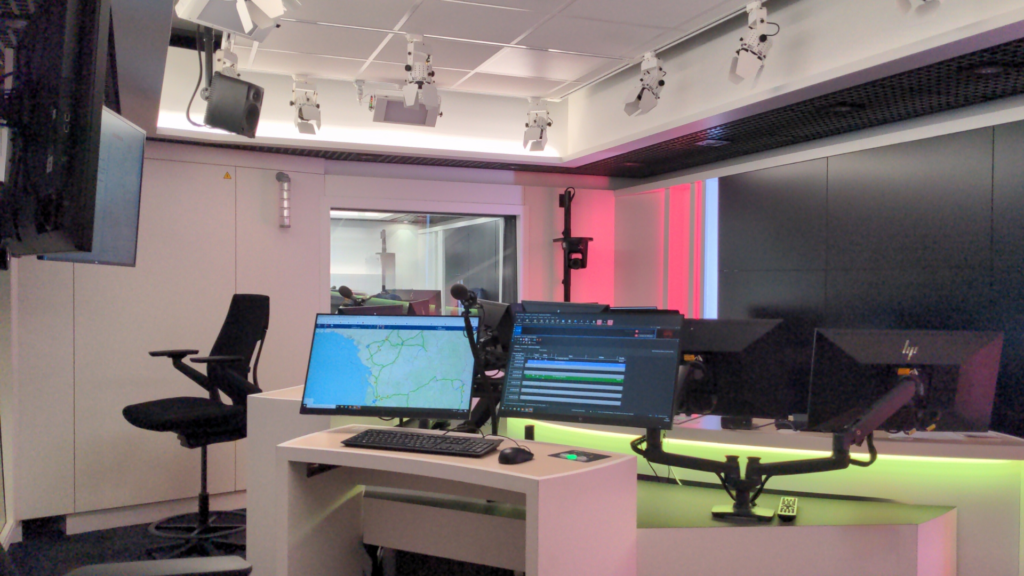
BCE’s agility in adapting to market trends is a result of continuous training, staying informed about developments, and collaborative exploration of new technologies with clients indicates Stéphane emphasizing on BCE’s technology-agnostic approach, allowing them to choose the best solutions based on prior experiences.
The company’s ability to stay ahead is exemplified by their early adoption of an IP environment, sparking interest from clients like Radio France. Their willingness to test and implement new solutions showcases a commitment to pushing boundaries and embracing the latest technological advancements.
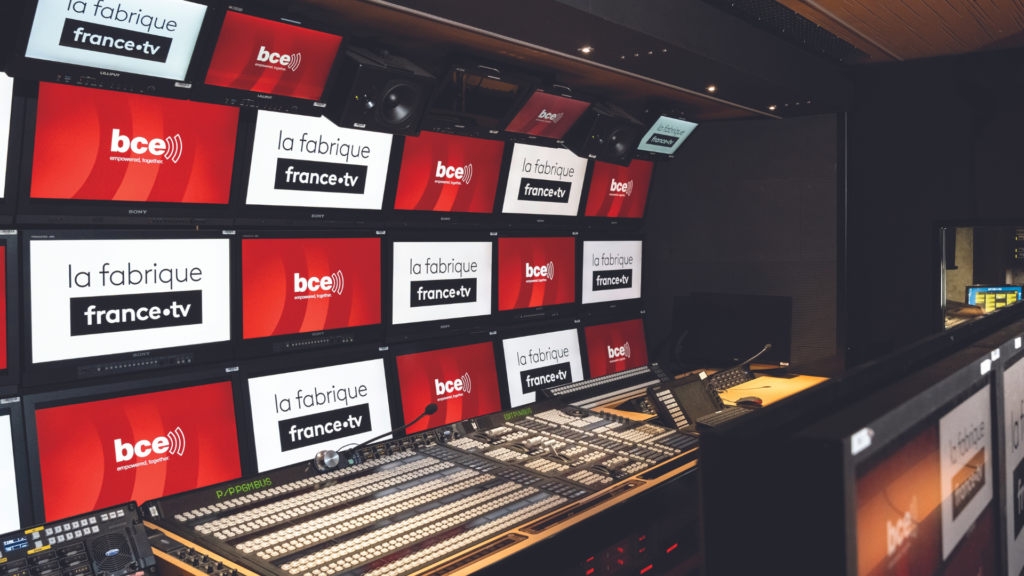
In the era of digital integration, security is essential. Both experts agree on the significance of incorporating cybersecurity and data protection into projects. BCE’s approach involves conducting joint risk analyses for secure designs, as seen in the France Télévisions Mobile Units.
Security measures at BCE are comprehensive, with a dedicated in-house cybersecurity team, certifications (e.g., ISO 27001, ISAE 3402), and continuous monitoring through a 24/7 NOC (Network Operations Centre). Additionally, security is integrated into the very fabric of project development, with security tests conducted during various project phases.
BCE’s added value lies not only in their in-depth technological knowledge but also in the strong relationships with suppliers and the curiosity of their teams.
Stéphane emphasizes their long-standing relationships with manufacturers, fostering a collaborative environment. In the pursuit of continuous innovation, we also make a deliberate effort to stay abreast of emerging manufacturers and new market solutions.
Collaboration extends to industry stakeholders through constant relationships, participation in exhibitions to discover the latest technologies, and practical case reflections with suppliers to identify the best-suited systems. BCE’s unique position, engaged in various activities within RTL Group, further enhances their understanding of client needs.


In a market where specialists are scarce, BCE places significant emphasis on training. Philippe discusses theoretical training with institutes such as INA for technological standards and specialized training with manufacturers like Lawo, Riedel, Calrec, and Solid State Logic.
Additionally, hiring individuals with specific IP training is crucial to acquiring the necessary skills for implementing new technologies.
Investing in staff training is not just a commitment to staying ahead; it’s a strategic move to ensure a pool of skilled professionals capable of meeting evolving client demands.
An open dialogue between clients and service providers is crucial indicates Philippe, emphasizing the importance of focusing on innovation.
Stéphane envisions a market increasingly connected to digital and the cloud, with a convergence of digital and TV professions.
The vision extends beyond a mere convergence; it encompasses the evolution of linear TV and the dynamic transformation of content delivery. The landscape is shifting towards content ubiquity, reaching audiences through a myriad of channels – from FAST and web to traditional linear TV.
This metamorphosis aims to cover more vectors with the same resources, prioritizing the viewer’s content expectations. The future lies in enabling viewers to find targeted programs effortlessly, empowering broadcasters to address content tailored to their audience’s interests through precise targeting.
Looking ahead, Philippe envisions adapting system integration projects by embracing AI to enhance program construction efficiency. He acknowledges the growing demand from the younger professional population for advanced technologies, emphasizing the role of AI applications in program creation, including transcription and image correction.
Stéphane delves into the challenges on the horizon, where a significant transformation towards digital content development for OTT, web, and linear channels is underway.
The traditional requests are poised to diminish as a modern approach takes centre stage, where the competitive edge lies in being the first to embrace new technologies. This shift necessitates the development of project strategies aligned with emerging trends, particularly in facilitating faster program production for both linear and non-linear content, such as talk shows and live programs.
He underscores the growing desire for modernization within the industry, coupled with the challenge of implementing installations that accelerate program production. The integration of analysis tools to understand audience preferences becomes paramount, aligning content creation with viewer expectations.
Moreover, the integration landscape faces the financial challenge posed by the shift towards subscription-based models over perpetual licenses.
As Stéphane highlights, the market is becoming more dynamic with the advent of Software as a Service (SaaS) solutions in the cloud. Adapting to this evolving demand not only requires technical flexibility but also poses financial considerations for integrators.
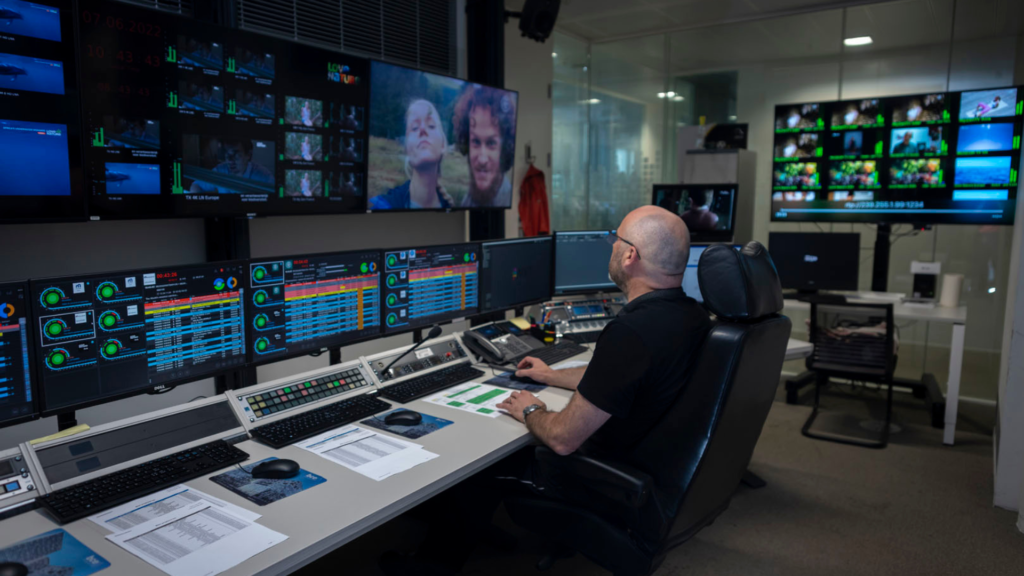
As BCE steers through the uncharted waters of a dynamically evolving media integration landscape, their vision is clear – innovation through open dialogue, a digital-centric future, and a commitment to adapting swiftly to the winds of change.
The challenges are daunting, yet within them lie opportunities to shape the future of media integration and redefine the way content reaches audiences in this ever-evolving digital era.